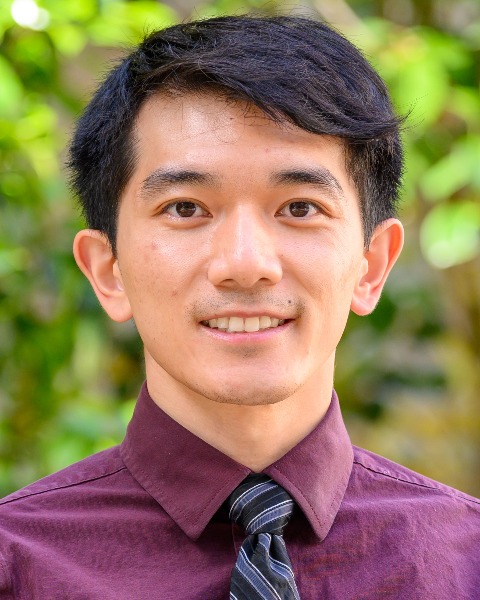Pallidal and Cortical Local Field Potentials Show Gait Related Changes in Parkinson’s Disease Patients During Free Walking
Friday, April 21, 2023


Kenneth Louie, PhD
Postdoctoral Scholar
University of California - San Francisco
San Francisco, California, United States
ePoster Presenter(s)
Introduction: The supraspinal network activities involved during walking is poorly understood in humans. Currently, there are a limited number of studies on gait-related changes in basal ganglia and cortical local field potentials (LFP), especially within the pallidum. In this study we recorded sensorimotor cortical and pallidal LFPs from patients with Parkinson’s disease (PD) during natural, overground walking using the Medtronic RC+S bidirectional neurostimulator.
Methods: Six PD individuals consented to participate in this study. Four individuals underwent bilateral implantation of deep brain stimulation leads and subdural cortical paddles, and two individuals underwent unilateral implantation in the left brain. Deep brain stimulation leads targeted the globus pallidus interna (GPi) and the subdural paddles overlayed the primary motor (M1) and premotor (PM) or primary sensory (S1) cortices. Participants walked overground at a self-selected speed for 200 steps. Subcortical and cortical LFPs were simultaneous recorded at 500 Hz. Additionally, gait kinematics were measured using external sensors (Delsys and Xsens). LFP time frequency and subcortical-cortical coherence analysis were performed and synchronized to each participants gait cycle.
Results: We found cyclical, gait-cycle changes in LFP power and subcortical-cortical coherence in the theta/alpha (4-12Hz), beta (13-30Hz), and low gamma (30-50Hz) band frequencies. Increases in theta/alpha power was mainly associated with subcortical areas, while beta and low gamma increases were mainly associated with M1. Power increases in the subcortical area occur during weight acceptance of the contralateral leg, whereas M1 power increases occur prior to heel strike of the contralateral leg. Increases in coherence were seen predominately in the alpha band during contralateral leg weight acceptance.
Conclusion : These results show that there are changes in motor cortical and GPi low frequency LFP power and coherence related to the gait cycle in PD patients. These dynamic changes may be used as control signals for future adaptive DBS applications targeted towards gait improvement.
Methods: Six PD individuals consented to participate in this study. Four individuals underwent bilateral implantation of deep brain stimulation leads and subdural cortical paddles, and two individuals underwent unilateral implantation in the left brain. Deep brain stimulation leads targeted the globus pallidus interna (GPi) and the subdural paddles overlayed the primary motor (M1) and premotor (PM) or primary sensory (S1) cortices. Participants walked overground at a self-selected speed for 200 steps. Subcortical and cortical LFPs were simultaneous recorded at 500 Hz. Additionally, gait kinematics were measured using external sensors (Delsys and Xsens). LFP time frequency and subcortical-cortical coherence analysis were performed and synchronized to each participants gait cycle.
Results: We found cyclical, gait-cycle changes in LFP power and subcortical-cortical coherence in the theta/alpha (4-12Hz), beta (13-30Hz), and low gamma (30-50Hz) band frequencies. Increases in theta/alpha power was mainly associated with subcortical areas, while beta and low gamma increases were mainly associated with M1. Power increases in the subcortical area occur during weight acceptance of the contralateral leg, whereas M1 power increases occur prior to heel strike of the contralateral leg. Increases in coherence were seen predominately in the alpha band during contralateral leg weight acceptance.
Conclusion : These results show that there are changes in motor cortical and GPi low frequency LFP power and coherence related to the gait cycle in PD patients. These dynamic changes may be used as control signals for future adaptive DBS applications targeted towards gait improvement.
